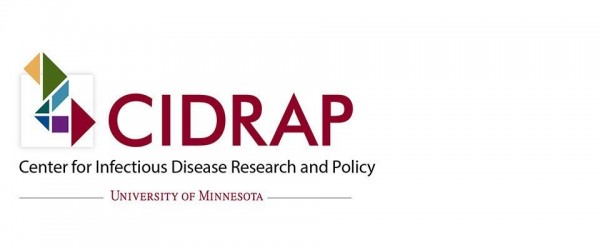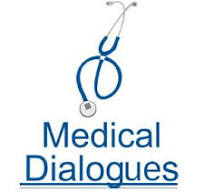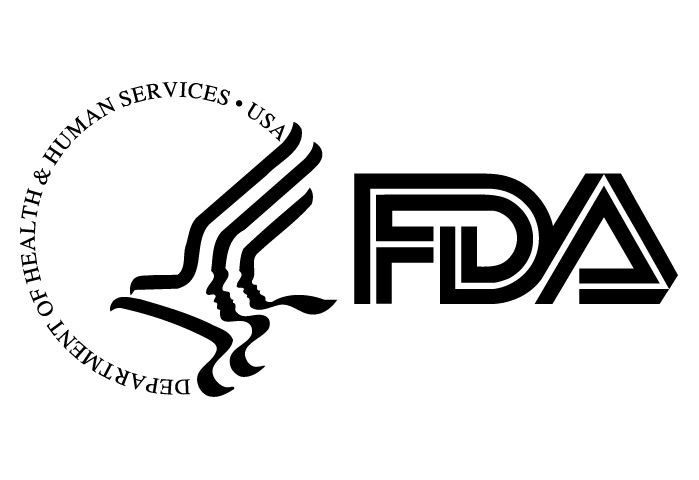Study: Pneumonia risk lower for COVID-19 than influenza, RSV

Editor's Note Influenza and RSV infections more than double the risk of secondary Streptococcus pneumoniae infection, while COVID-19 is associated with a significantly reduced risk, according to a June 2 news brief from the Center for Infectious Disease Research and Policy (CIDRAP). The findings stem from a retrospective study of…
Colonoscopy follow-up safe after 75: Study finds age alone shouldn’t guide decisions

Editor's Note Routine colonoscopy surveillance after polyp removal is safe for adults over 75 and should not be ruled out based on age alone, according to a new study from Kaiser Permanente published on May 27 in Clinical Gastroenterology and Hepatology. The research, conducted as part of the National Cancer…
Study: Surgeon-anesthesiologist familiarity could reduce complications in select surgeries

Editor's Note Greater familiarity between surgeons and anesthesiologists was associated with reduced major morbidity in certain high-risk procedures, according to a Canadian retrospective cohort study published in JAMA Surgery. As detailed in a May 28 report from MedPage Today, the population-based analysis included more than 711,000 index procedures, finding an…
Commentary: Overlooking, underfunding perioperative mental health threatens patients
Editor's Note Amid a lack of focus and lack of resources on perioperative mental health, alleviating patient anxiety and preventing poor surgical outcomes requires creative solutions. This is the central argument of a May 12 commentary in The Conversation by Renée El-Gabalawy, a clinical psychologist and associate professor at the…
Study: SGLT2 inhibitors raise postop euglycemic ketoacidosis risk but lower mortality

Editor's Note Patients taking SGLT2 inhibitors face a higher risk of postoperative euglycemic ketoacidosis (eKA) but experience fewer acute kidney injuries and deaths after surgery, according to an April 30 article in Medical Xpress. The article focuses on new research published in JAMA Surgery. Led by researchers at the University…
Study: Knowledge gaps hinder perioperative hypothermia prevention

Editor's Note Surgical staff support for OR temperature management is not always paired with the knowledge required to properly prevent perioperative hypothermia, according to an April 30 study in Nature: Scientific Reports. This multicenter, cross-sectional study surveyed 213 operating room professionals—surgeons, anesthesiologists, and nurses—across eight hospitals in northern China. The…
Study: Inadequate RN staffing raises patient mortality, costs

Editor's Note Short-staffed hospital wards face higher patient mortality, readmissions, and lengthier stays—especially when they rely on temporary staff instead of permanent registered nurses, according to research published in BMJ Quality & Safety. As detailed in a summary from Medscape News UK, the large-scale, longitudinal observational study was led by…
Subarachnoid spinal anesthesia offers safe, effective option for high-risk obstetric patients

Editor's Note Segmental spinal anesthesia (SSA) has emerged as a safe and effective anesthetic technique for high-risk obstetric patients, particularly those with underlying cardiovascular disease (CVD). A recent case series published on April 29 by Medical Dialogues highlights the successful use of SSA in five parturients undergoing cesarean sections, emphasizing…
Power loss risks prompt FDA Class 1 recall designation for heart pump accessories

Editor's Note Sudden, unexpected shutdown and restart prompted the US Food and Drug Administration (FDA) to designate a class 1 recall—the most severe category reserved for serious risk of injury or death—for Abbot’s HeartMate Mobile Power Unit, which powers system controllers for the HeartMate 3 Left Ventricular Assist System (LVAS)…
Study: Colibactin-producing gut bacteria fuel colorectal cancer surge

Editor's Note Research published in Nature reveals that DNA damage caused by colibactin-producing gut bacteria is far more prevalent in younger patients with colorectal cancer, NBC News reports, suggesting a key factor behind the disturbing rise in cases among people under 40. According to the April 23 article, researchers from…

 Free Daily News
Free Daily News